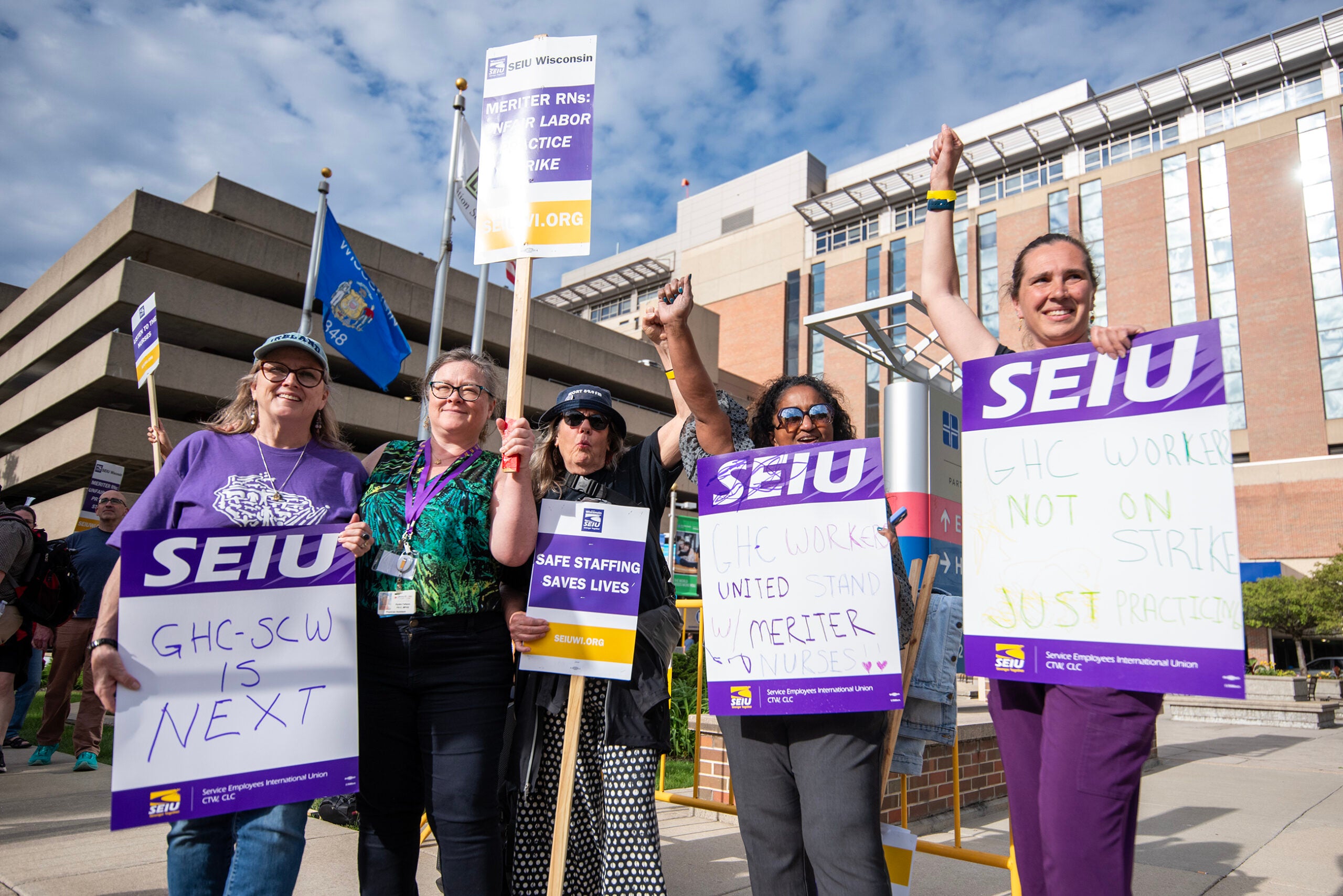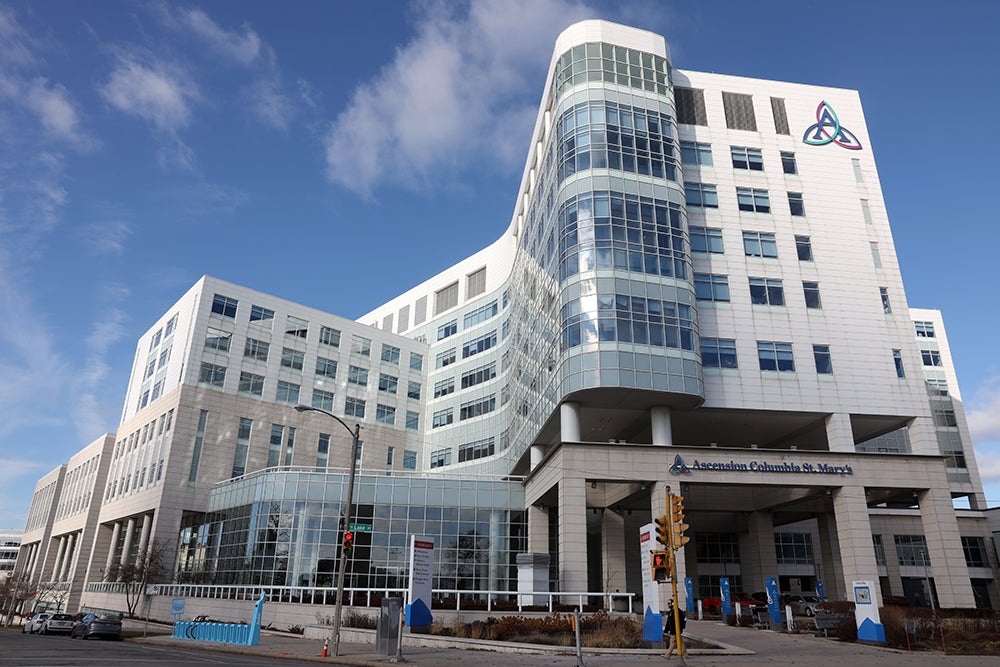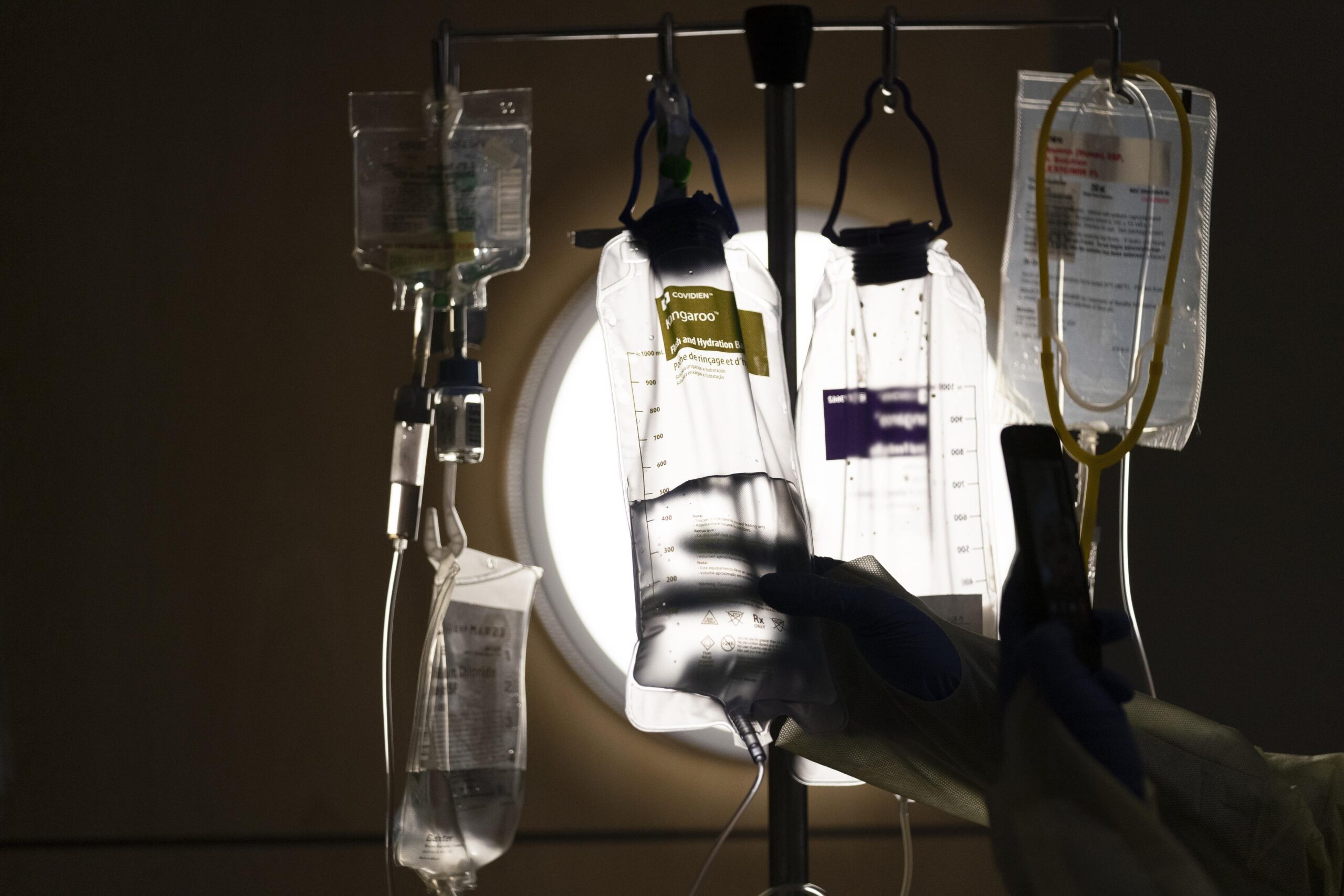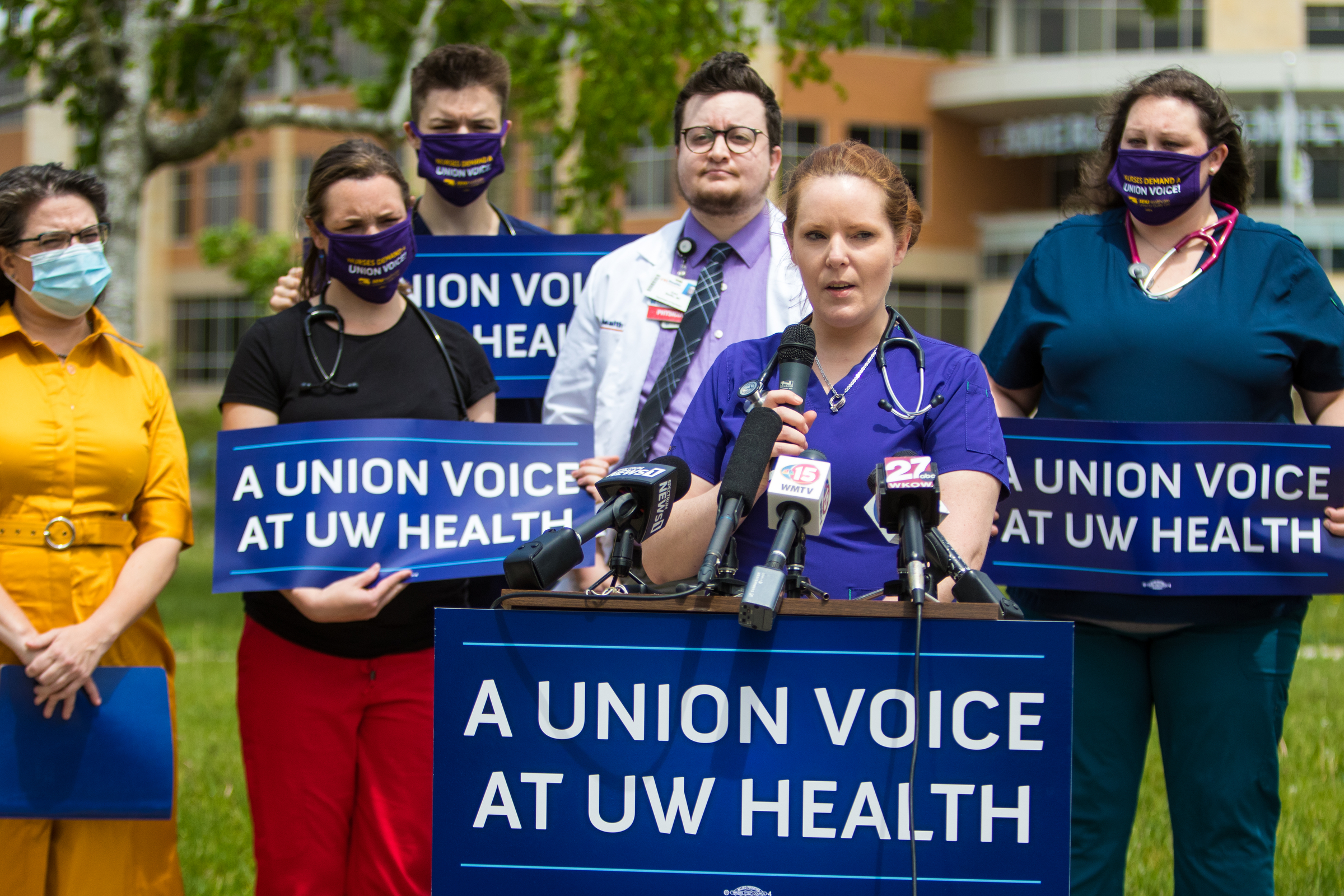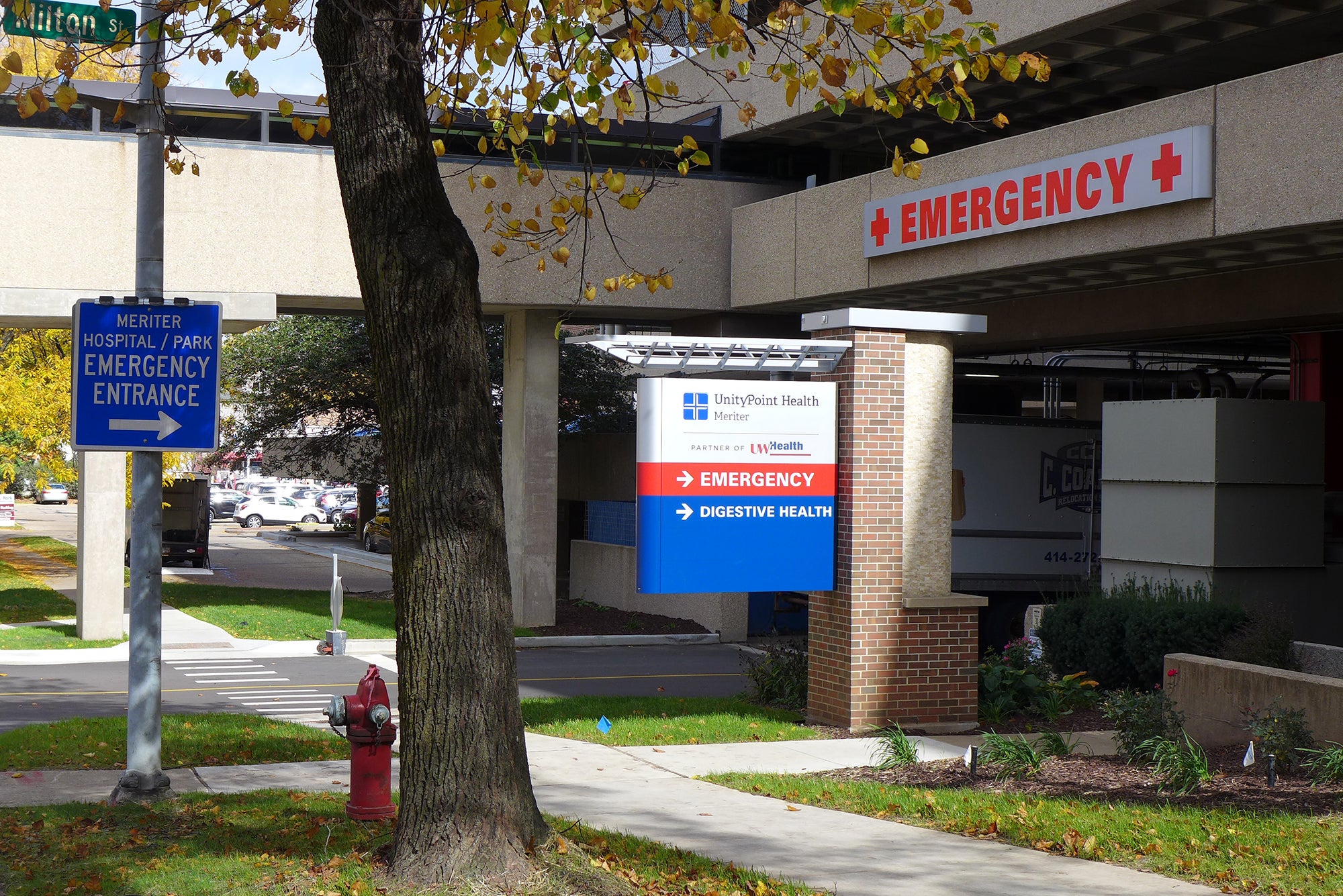For about 20 years, Susan McMurray got her primary care at member-owned Group Health Cooperative in the Madison area.
She valued the long-term relationships patients built with doctors at GHC, relationships that helped her through a “pretty extreme job-stress situation.”
“My primary care physician looked at me and said ‘Susan you don’t seem right. You’re not yourself,’” she said.
News with a little more humanity
WPR’s “Wisconsin Today” newsletter keeps you connected to the state you love without feeling overwhelmed. No paywall. No agenda. No corporate filter.
Her doctor ordered her to take sick leave.
“She helped me get through an extremely difficult time. That wouldn’t have happened with somebody who didn’t know me,” McMurray said. “But she knew me.”
Staff and patients say GHC is unique for its community spirit and for its holistic, preventive approach to care. But its specialization, primary care, is one of the least profitable sectors in medicine. That’s put financial pressure on the organization, which staff at GHC say is compromising patient care. Now, providers — including doctors and nurses — are working to form a union. Their campaign shines a light on the state of primary care today.
It’s also rekindling some of their sense of workplace community, staff say.
“We’ve been able to have so many more conversations with each other and get to know each other on such a deeper level, and it’s been really nice,” said physician assistant Kyoko Felland. “And the administration is kind of doing the opposite.”
Effects of widespread nursing shortage reach primary care
On a May afternoon in Madison, while robins hopped around front lawns and cyclists rolled through the parks, nurses at UnityPoint Health-Meriter Hospital went on strike, concerned about insufficient staffing.
Members of GHC’s unionization effort came to picket with them. While marching picketers chanted “safe staffing saves lives,” they said the effects of a statewide nursing shortage are present at GHC, too.
“It’s really hard to work short,” said GHC certified medical assistant Katie Cloud. “There’s too much work, and not enough people to do the work. Not enough people to make the phone calls, not enough people to answer the MyChart messages that are coming in.”
The Meriter nurses union reached a tentative agreement within days of the strike. GHC’s unionization effort is continuing.
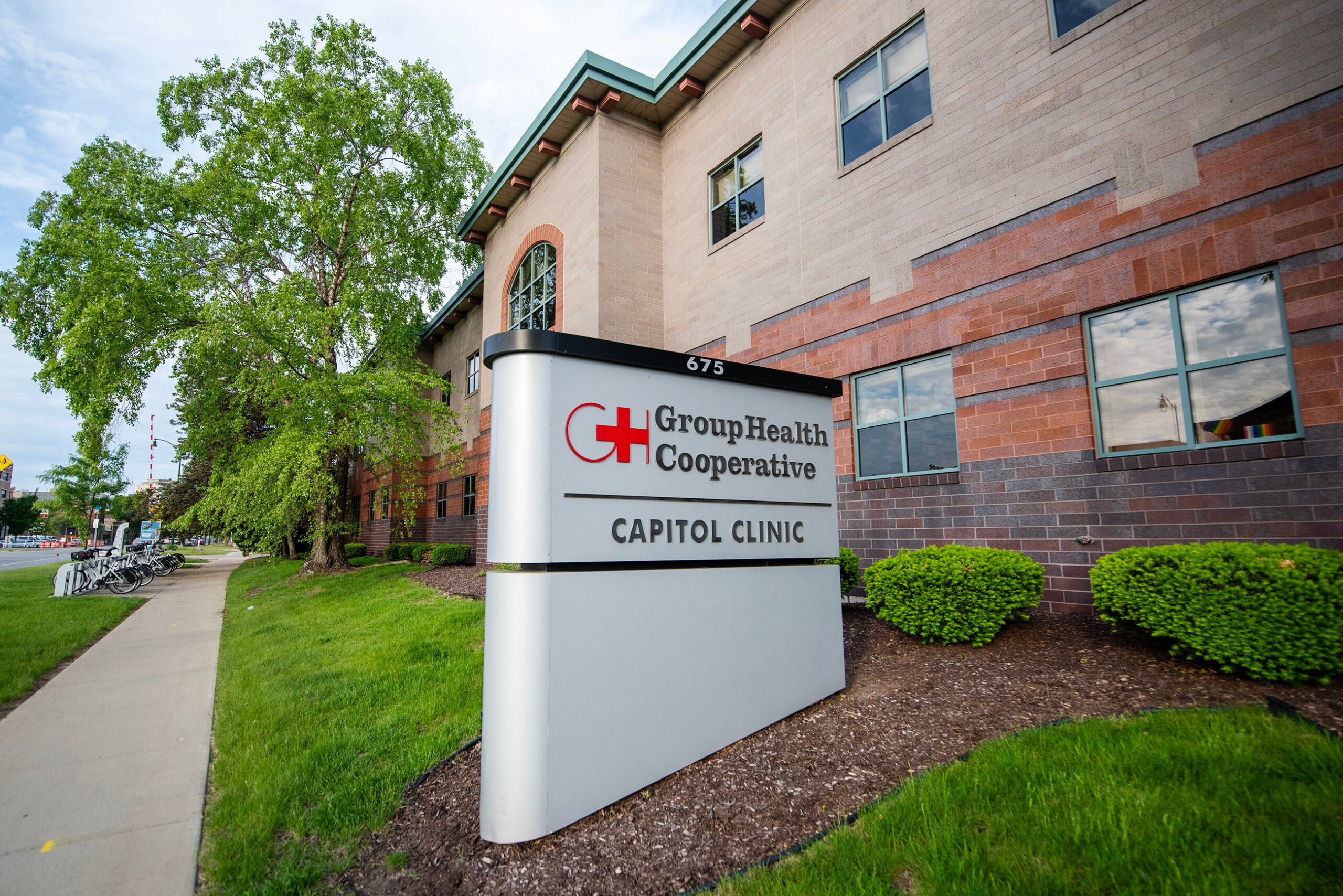
A 2024 report by the state Department of Workforce Development says, “Wisconsin registered nurses currently face more demand than they can meet.” It estimated the state is currently short about 8,000 nurses, and it projected that gap could exceed 15,000 nurses by 2040 if current trends hold.
The high demand for nurses has driven up wages. But that has created inequalities on the staff, said Cloud, who has been at GHC for 11 years. She said the company is offering new nurses higher wages than what’s being paid to current nurses.
Though they still “work really well together,” she said, longtime nurses can’t help but think they’re doing the same work for less pay. And new nurses often leave within a couple years, Cloud said.
Because of this turnover, GHC has stopped pairing nurses and physicians one-on-one, and it now rotates nurses as needed.
Staff members say that harms their ability to form long-term relationships with patients — a change Cloud saw after the COVID-19 pandemic.
“I remember making a list of people, like, ‘OK, I need to go back, and I need to help this person reschedule,’ and I lost that list really fast because there was just no way that I could keep up with it,” she said.
GHC physicians said changes to nurse staffing is one of the top-down changes they wished to have had more input on. Another is the phasing out of its primary care behavioral health service. Doctors who spoke with WPR said that service was phased out without prior notification to staff or training on how to deal with new mental health caseloads.
“When there’s not a mental health provider in the clinic, it goes to us,” Felland said.
Though GHC has added other services, like an autism program, she said the long-term pattern is management “not hearing and listening to what is actually helpful and useful for us as providers, but also our patient population.”
GHC management declined an interview request for this story and did not answer specific questions from WPR about pay inequalities among nurses or the phasing out of behavioral health.
But in a statement, the company’s Chief Strategy and Business Development Officer Marty Anderson said “we support a confidential, fair and inclusive election where all eligible direct care employees have the opportunity to vote on whether or not they wish to be represented by a union.”
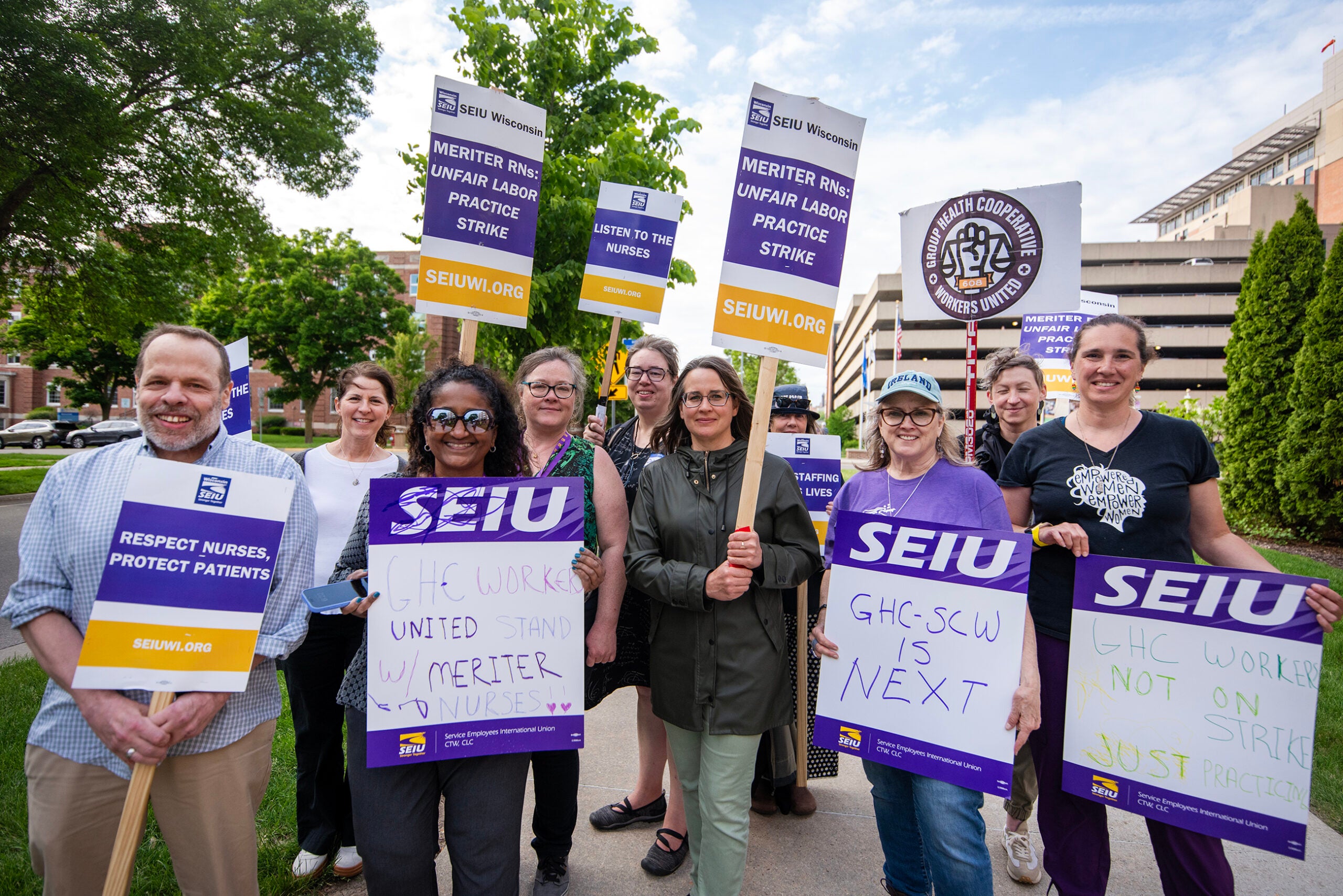
Primary care faces headwinds nationwide, researcher says
The pressures experienced by staff at GHC fit into a larger pattern — the unprofitability of primary care nationwide.
That’s according to Hayden Rooke-Ley, who researches corporate consolidation and unionization in health care at the American Economic Liberties Project and Brown University.
Left to their own devices, Rooke-Ley explained, most primary care operations would lose money. That’s why they increasingly belong to big health care conglomerates, he said, where they serve a different purpose — funneling patients toward more profitable hospital procedures.
A 2025 study found that, in 2009, about 25 percent of the nation’s primary care physicians were affiliated with a hospital system. By 2022, that number was 47.9 percent.
That makes it harder for independent primary care providers like GHC to sustain themselves.
“This creates an overall competitive landscape where primary care as a standalone feature is really unprofitable,” Rooke-Ley said.
According to GHC’s financial reports from the five years prior to 2023, the company was only profitable in 2020 and 2023. In 2023, that was only thanks to donations.
Much of that comes down to Medicare reimbursement rates for different procedures set by Congress, which undervalue primary care, Rooke-Ley said.
Private insurers pay providers more than Medicare, a 2022 report by the Congressional Budget Office said, but not enough to make up the gap. The average private plan pays hospitals about double what Medicare does but pays physicians only 129 percent of what Medicare does.
“The cognitive work of primary care — figuring out what ailment a patient might have — is simply given a lower dollar amount than, for example, a procedure that takes the same amount of time,” Rooke-Ley said.
Rooke-Ley said physicians unions are on the rise. A study he published in 2024 found that the rate of physicians seeking union recognition rose sharply after 2022.
It found that as many physicians joined unions in 2023 and 2024 as in the previous 22 years combined.
Though primary care doctors earn less than those in other specialties, like surgeons, their median income is still about $240,000 a year. Rooke-Ley’s study found physicians unions formed in the last two years were “primarily motivated by noncompensation concerns,” like lacking a voice in management and concerns about patient care.
“There is a real sense among this workforce that they’re simply not able to carry out their calling of their profession,” he said.
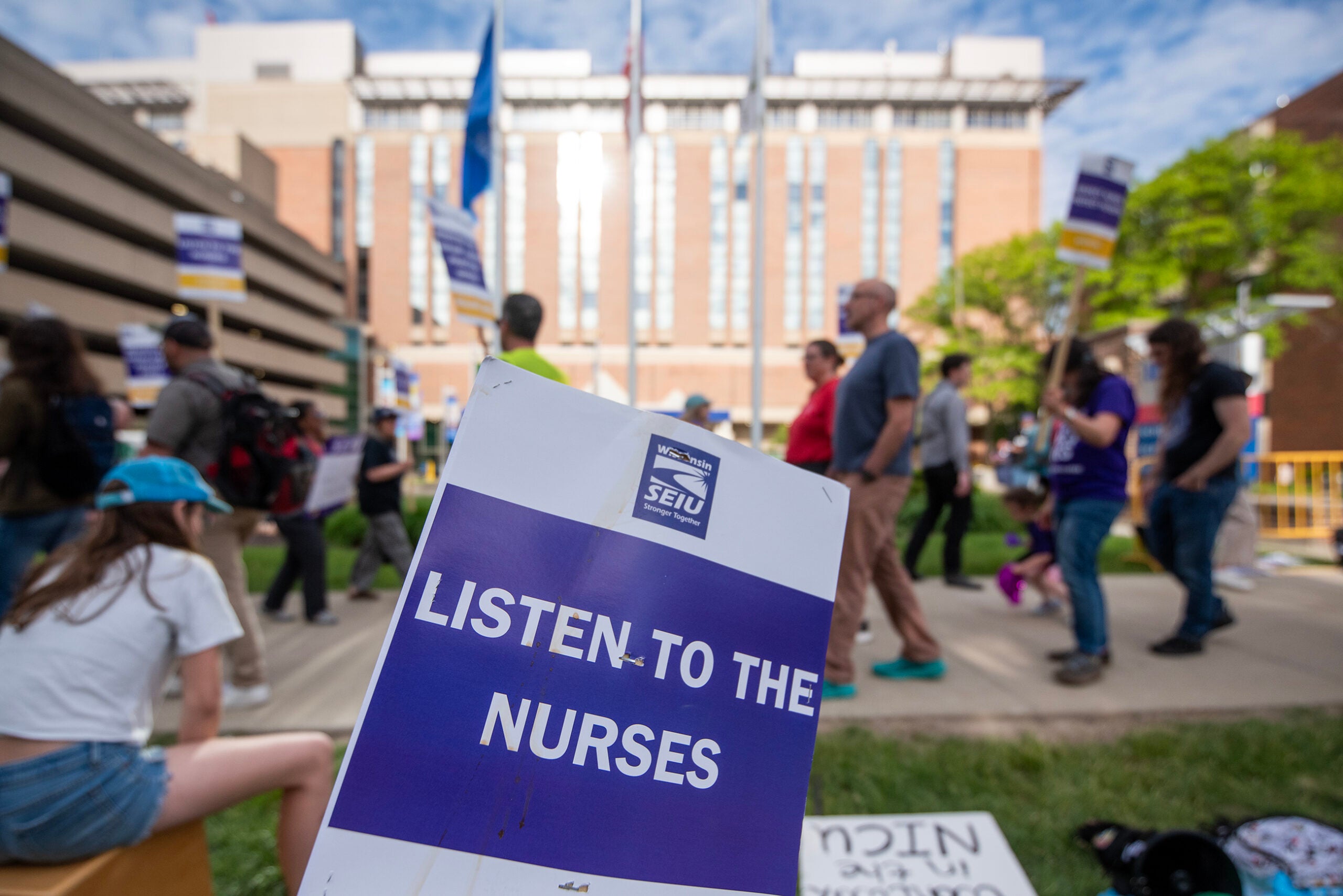
Management and union at GHC locked in monthslong struggle
Initially, GHC workers with the Service Employees International Union had filed to have an election for primary and urgent care staff across all locations. Then, they limited their petition just to GHC’s Capitol Clinic in downtown Madison. Management disagreed, arguing that an election should take place in all seven clinics and include more employees, such as physical therapists and pharmacists.
After a hearing before a regional office of the National Labor Relations Board in January, the board ruled March 21 in management’s favor.
In the meantime, the SEIU alleges management ran a union-busting campaign. In dozens of unfair labor practice charges, SEIU says GHC fired a worker for union activity, solicited screenshots of pro-union group chats and forbade employees from discussing the union at work.
GHC declined to answer questions about specific charges. But in its statement, Anderson wrote that the union’s charges were “unfounded” and called them, “an attempt to bypass a vote and seek automatic certification.”
“We firmly believe this approach undermines our employee voices, and we are confident that once the NLRB fully reviews the facts, all these claims will be dismissed,” he wrote.
Meanwhile, physician Deb Williams, speaking on behalf of the union, wrote to WPR that “because of GHC’s actions, a fair election is no longer possible.”
She called on the company to “voluntarily recognize our original and appropriate bargaining unit,” talking about the one limited to certain employees. Employers can voluntarily recognize unions without an election.
But in GHC’s statement, Anderson wrote that the “appropriate voting group includes all eligible direct care employees.” In a February brief to the NLRB’s regional office obtained by WPR, the company’s lawyers even said they’d “seek to overturn prior decisions applying a single-facility presumption in the health care industry,” referring to labor law precedent allowing just one location of a health care system to unionize, unless proven inappropriate.
The NLRB system works much like the courts — appeals of a regional office’s decision are sent up the ladder to the full board in Washington, D.C.
In January, President Donald Trump fired two members of that board who had been Democratic appointees, leaving it without a quorum.
According to Alexia Kulwiec, a labor law professor at the University of Wisconsin-Madison, that lack of quorum could be important if either GHC or the SEIU make further appeals.
“If either side appeals a regional office’s decision right now to the full NLRB, there is no full NLRB. And so I think that we could sit there without a decision for quite some time,” she said.
The NLRB has yet to set an election date or take a position on the SEIU’s call to recognize the original, one-clinic union as it investigates the charges made by the union against GHC and charges made by GHC against the union.
Wisconsin Public Radio, © Copyright 2026, Board of Regents of the University of Wisconsin System and Wisconsin Educational Communications Board.

